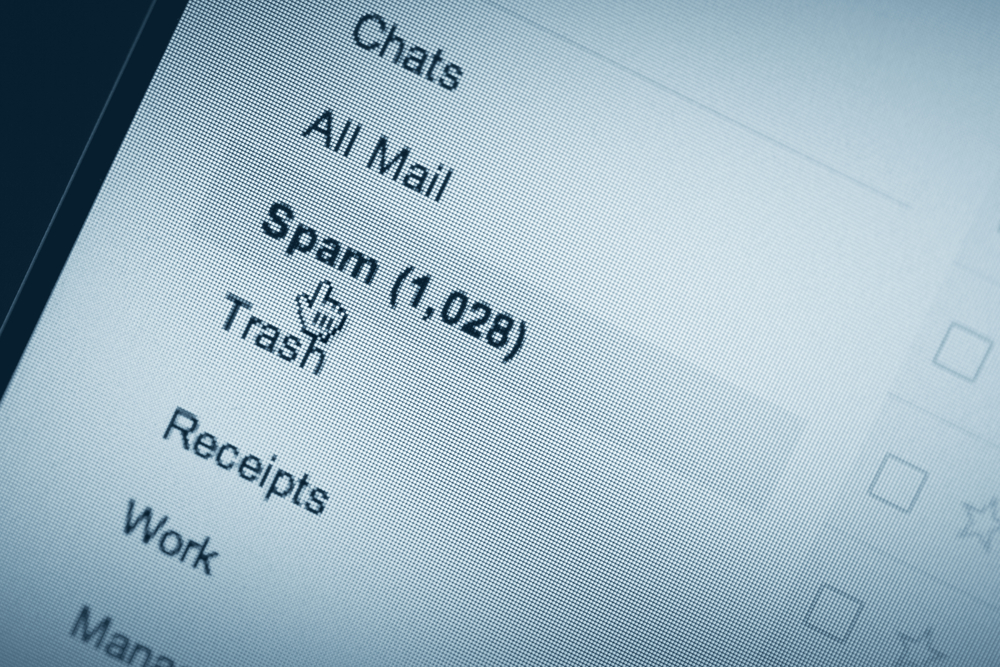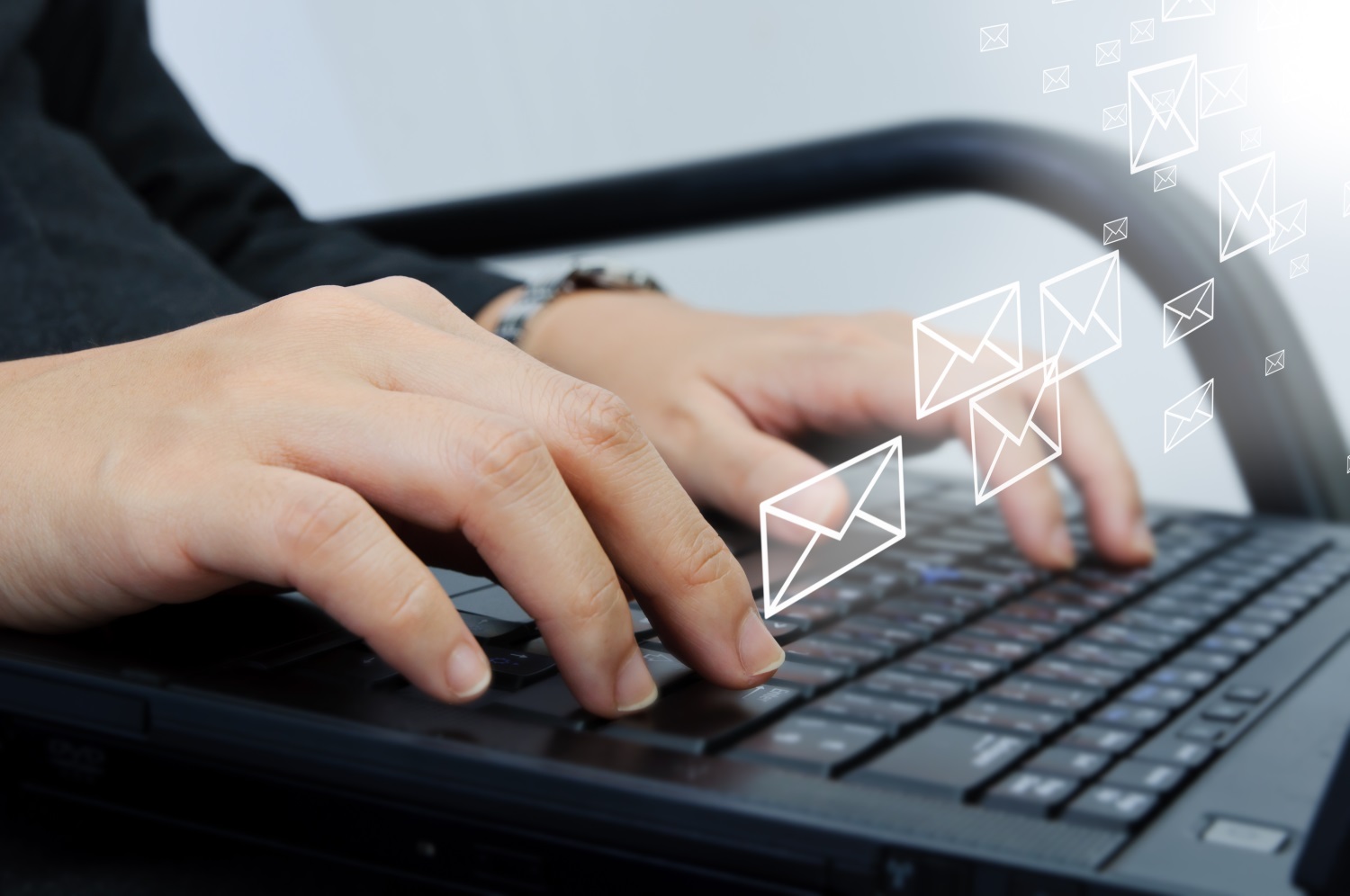The purpose of an email subject line is to give your audience some idea as to what the email contains, and studies show that the majority of consumers decide whether or not to open an email based on the subject line alone.
[Tweet “Your email subject line is perhaps the most important part of your newsletter”]The subject line is perhaps the single most important element of any email newsletter, and it must prompt your recipients to open your emails in order to find out more.
Coming up with decent subject lines on a regular basis can be challenging, particularly since you need to keep them as short as possible, preferably at around fifty characters or less. This guide takes a look at creating engaging subject lines to increase your open rates.
Related: Top 10 email marketing tips
Highlighting Benefits
While more detailed information highlighting the benefits of the products or services you are marketing need to be saved for the body of the email itself, you should use the subject line to highlight an immediate benefit in order to convince the recipient to open the email.
Specifying an immediate benefit will help to instil a sense of urgency by way of what is effectively a call to action, albeit without reading like a typical spam email.
To create a sense of urgency, including words such as ‘now,’ ‘today’ or ‘last chance’ can make a world of difference.
Including Personalised Information
Your audience needs to know that the information contained within your marketing emails is personally relevant to them. Including value-adding words instead of generic information will effectively bait your audience, leading them to opening the email.
Of course, the content of the email should match the subject line as well, lest your recipients unsubscribe. Following are some examples of these value-adding words and phrases to use in your subject lines:
- The most important word to include in your subject line is one which describes a particular topic so that your recipients will immediately know what the email is about. As with search engine optimisation, use a relevant keyword which defines the content as concisely as possible.
- Words that motivate your recipients can also be very powerful. For example, if your audience tends to be motivated by special offers or discounts, use the subject line to provide an example of how much they can save by making one of the purchases discussed in the email newsletter.
- Words which emphasise the attitudes and beliefs of your audience can be extremely effective for showing them that you are in touch with their desires and requirements. Use a subject line which is properly personalised towards that particular segment of your target audience.
You may also want to consider working with a theme for your subject lines. For example, if your marketing emails are focussed on raising brand awareness and authority by offering helpful content, using engaging titles of a similar manner to those you would use for blog posts for your subject lines can help to draw attention.
Related: What email marketing KPIs should you use?
Avoiding Spam
Subject lines that people tend to identify as spam are actually very easy to avoid, in spite of the fact that many companies fail completely in this area. After all, you only need to take a look in your own junk mail folder to find the subject line techniques to avoid.

The following are some of the more common subject line mistakes that will make your emails look like spam before anyone even has to open them:
- Excessive exclamation or question marks look completely unprofessional and tend to turn people off immediately. In fact, you can safely avoid using exclamation marks entirely, since they do little or nothing to add value or meaning to the content.
- Never write your subject lines using only capital letters. Excessive use of capital letters is an extremely poor way to instil a sense of urgency – all it is the textual equivalent to shouting.
- Do not try to mislead your audience by using ‘RE:,’ since this abbreviation is only supposed to be used in emails that are responding to a previous subject line.
- Avoid using vague or generic subject lines such as ‘Hello’ or ‘Check this out,’ since they offer nothing of value to your recipients and will likely land your emails straight into the spam folder.
Spam filters are triggered for a variety of reasons, including the above. However, using certain words and phrases is almost certain to get you into trouble, and you may want to check your subject lines in a third-party utility before sending out your emails.
Some examples of spam words and phrases to avoid include:
- Free
- Cheap
- Buy direct
- £££
- ALL CAPITALS
There are hundreds more!
Most of the popular email marketing platforms available, such as Mailing Manager and Mailchimp, offer their own spam tools to make sure you are not including too many risky words.
Related: Avoiding spam filters when email marketing
Your Say!
We’d love to hear your email subject tips. Or better yet, what kind of subject lines would make you click the dreaded ‘spam’ button right away. Leave us a comment below.

One thought on “How To Write The Perfect Email Subject Line”
Comments are closed.